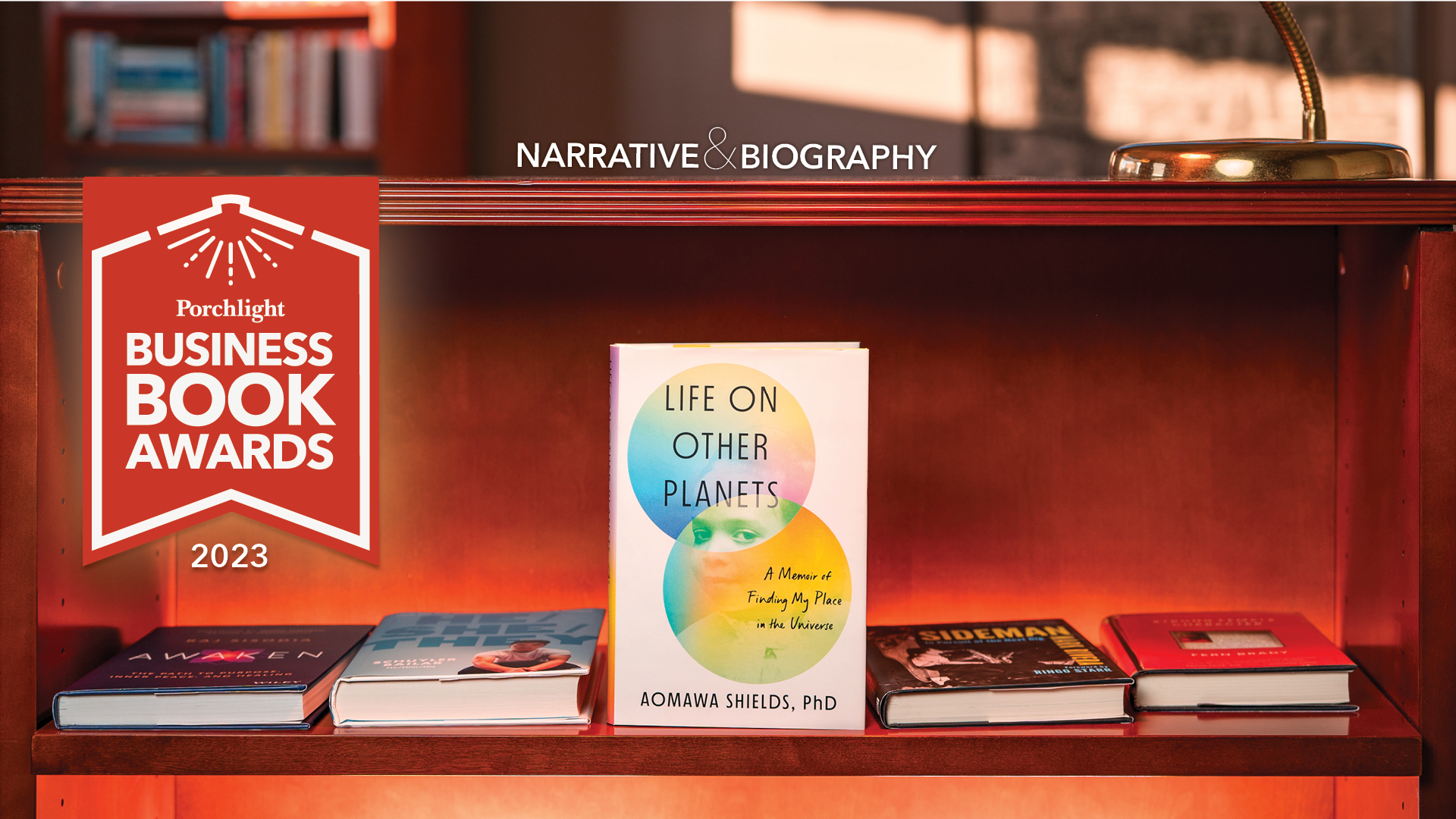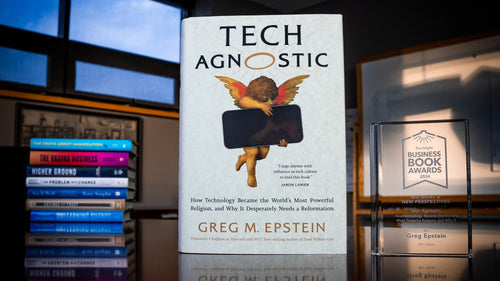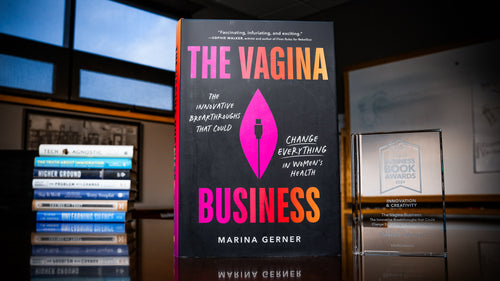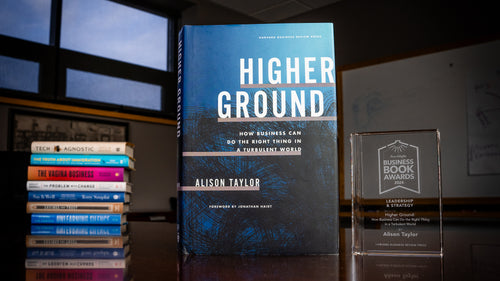Life On Other Planets | An Excerpt from the Narrative & Biography Category

Everything has a beginning, a point when a single spark ignited everything that was to come. Then life separates into two regimes: before the spark, and after.
It’s hard to think back to how it all began. Looking around—at my skin, the weather, the piles of papers on my desk, the shelves of books about astronomy and planetary climate—it seems like it was always there. But it wasn’t.
In one of the textbooks that I use to teach the course Life in the Universe, an analogy is given: there are as many stars in the observable universe as there are dry grains of sand on all the beaches in the world. Even as an astronomer and astrobiologist, this shocked me. It drove home the point of just how big big truly is. This is something we’re always trying to get students to grasp in introductory astronomy courses—the sense of scale when we talk about astronomical distances and phenomena. We say things like, “If we put the Sun in Washington, DC, and shrank distances between it and everything else down by a factor of ten billion, where would the nearest star to the Sun be?” The answer: San Francisco, California.
I always get a big reaction in class when I reveal the answer. Even after wrapping their minds around shrinking the distance down by a factor of ten billion, a number itself so hard to comprehend, the nearest star to the Sun would still be across the entire country? It stuns my students, and widens their eyes. I pause for a moment at the front of the lecture hall, staring into their faces, and let it sink in for effect.
On January 20, 2009, Barack Obama became the first African American president of the United States. In the fall of that same year, I started a PhD program in astronomy and astrobiology. This was my second attempt at a doctorate. I remember feeling nervous, scared, and also proud. Together, President Obama and I could do it. Yes, we can. We could inhabit spaces dominated by white people—white men—and excel. We could blaze the trail. We were pioneers. President Obama was my cheerleader from afar, even if he didn’t know who I was. Somewhere across the country, in the highest rank in the land, or in the air traveling to distant countries to broker peace and soothe nations, was someone who knew how I felt, probably felt the same way some of the time, and was doing it anyway. His becoming president was a lighthouse in a dark sea to me, signaling with regular frequency the existence of a shoreline and sure footing close by. The inaccessible world of astronomy felt no longer closed to me if the most distinguished appointment in the country was now occupied by a Black person.
Returning to astronomy with my whole heart meant leaving something behind—a career in acting. Acting and astronomy lit up my life in different ways, and each seemed to demand all of me. When I left astronomy to pour myself into acting, I thought it was for good. But dreams don’t die. If left unpursued, they recede, and then lie dormant. But they persist, nudge, sometimes elbow you right in the gut and demand to be acknowledged. That’s how it was for me. I fell in love with something, and I never really fell out. But it wasn’t the only thing. This made life complicated. Is this your story too?
There is a type of planet that is very different from the Earth. This type of planet rotates so slowly that the length of its day is the same as the length of its entire year! On one side of the planet—the side facing the star—it’s always daytime, and its sun stays fixed and relentless in the sky above at high noon. On the other side, it’s perpetually night. Can you imagine the Sun never rising where you live? Never setting? Ever? This happens at the poles of the Earth at certain times during the winter and summer months: the Sun never dipping above the horizon, or never leaving. But eventually, the Sun returns to view. Eventually, the Sun recedes.
Not on this planet. On this planet, the day side, baking under the eternal noon of a different sun, could be too hot to support life. And the frigid night side, bereft of the warmth from its star, could be too cold. But there is a place that life might have a hope of existing on this planet: along the dividing line between the two halves, a line called the “Terminator.” (Yes, this makes me think of the action-packed films too. And indeed, a movie or TV show is often the catalyst for much in my life. You’ll see what I mean. But this is a different kind of terminator. One far more neutral.)
My research team calls planets with climates amenable for life only along this boundary line between two inhospitable extremes “Terminator Habitable.” We weren’t sure if they could exist; we did a lot of work to figure out that they can. I’ll tell you about the kind of work soon. First, though, I had to ask the question, “Could planets exist with this type of climate?” I started there. A sense of wonder is always a good place to start.
We start out in this life as babies looking out at the world in wonder. We discover things we like, things we don’t like, and things we love. We make a choice, and try to create a future with it that fills us up inside. Along the way, life happens. We might abandon some of those loves—to support ourselves and our families financially, or because what we wanted to do doesn’t seem possible, because it’s too hard or it’s too late or it doesn’t make sense, no one’s ever done it before. Does any of that ring true for you? I wrote this book for you, so that you know that it isn’t too late to have what you really want in this life, whatever that is, and whatever you perceive as obstacles blocking your path. You may feel like a rare, magical unicorn at what you are trying to do with the background and set of circumstances that you currently have. But you are not alone. There are other magical unicorns in the meadow.
I started my life with one thing: science. Astronomy, to be specific. And I dove into it. Then I found something else I liked: the arts. Acting, to be specific. So I dove into that instead. Neither one by itself felt fully right. I spent a lot of time contemplating how to make them both work. I spent more time wondering if it was even possible to. I’d never seen it done. But I had a hunch that there was no one way to do it, and possibly even more ways than I could imagine. So I took a risk that if the interface between the two worlds felt like home, there would be air there to breathe. I was right. I see it confirmed in these “Terminator Habitable” planets. The “in-between” can be sustainable. There are all kinds of planets out there. The universe is a very big place. There is room for it all.
June 2022
Excerpted from Life On Other Planets: A Memoir of Finding My Place in the Universe. Copyright © 2023 by Aomawa Shields. Reprinted with permission from Viking, an imprint of Penguin Random House, LLC. All rights reserved.



